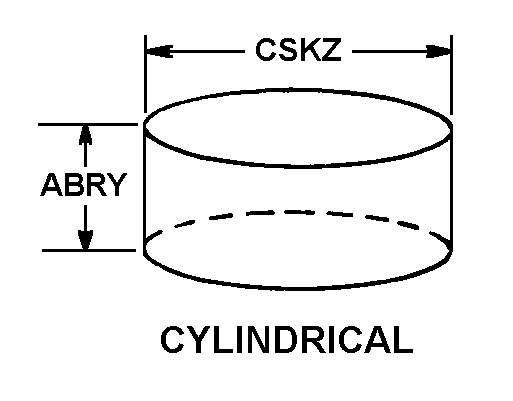4730015119837
Price Quote Get an up to date pricing and availability quote for this product. Order online or over the phone.
Quality Commitment
Serving our customers with quality and safety first.
- AS9120 Certified
- Audited supply chain
- ITAR Registered
- DDTC Registered
- HAZMAT Certified
- Customer service objectives
- Every product 100% inspected

4730-01-511-9837 Specification Set by the OEM (see RNCC code 3)
6.620in.
4730-01-511-9416
flanged 1st end
perforated
3.000in.
2 " is basket assembly
mesh liner provided when required; assy includes: 1 bottom ring (p/n 2605-2) , 1 liner (when required) size 5.620 x 9.380 in, 1 shell size 6.620 x 9.620 in, 1 top ring size 3.750 in dia (p/n 2605-1) , 1 handle size 0.062 x 0.500 x 8.000 in and 2.880 in high; roll shell with sharp edge of perforated holes on outside; if using liner 40 mesh and finer, add joining strip 22 gage x 0.500 x 5.750 in
cylindrical
Cross Reference Parts Part numbers that meet the specification outlined on this page and set by the OEM
Identification Item Identification Guide (IIG) and Item Name Code (INC)

Definition Definition of approved item name (AIN): "STRAINER ELEMENT,SEDIMENT"
A replaceable device designed to remove solid particles from flowing liquids. The removal of particles is accomplished by porous material (metallic or non-metallic), wire mesh, perforated metal, or the like, constructed so the liquid can flow through the device while the solid particles are retained. It is designed to fit into a strainer, sediment (or similar cavity). It may have a reinforcement to prevent collapsing, distorting or rupturing. The degree of particles removed must be nominally rated at 50 microns, or more, or absolutely rated at 75 microns, or more. See also filter element, fluid.
4730-01-511-9837 Material Hazmat, Precious Metals, Criticality, Enviroment, and ESD
Indicates there is no data in the hmirs and the nsn is in a fsc not generally suspected of containing hazardous materials.
Item does not contain precious metal.
Represents items with no adp components
The item does not have a nuclear hardened feature or any other critical feature such as tolerance, fit restriction or application.
Identification Codes
HMIC: Hazardous Material Indicator Code. A one position code that identifies a hazardous item.
PMIC: Precious Metal Indicator Code. A one position code which identifies items that have precious metals as part of their content. precious metals are those metals generally considered to be uncommon, highly valuable, and relatively superior in certain properties such as resistance to corrosion and electrical conductivity.
ESD: Electrostatic Discharge. Indicates if an item is susceptible to electrostatic discharge or electromagnetic interference damage. electrostatic discharge damage occurs when an accumulation of static electricity generated by the relative motion or separation of materials is released to another item by direct contact. electromagnetic interference damage occurs when an item comes into proximity with an electrostatic or magnetic field.
ENAC: Enviromental Attribute Code. Identifies items with environmentally preferred characteristics.
CRITL: Criticality Indicator Code. Indicates an item is technically critical by tolerance, fit, application, nuclear hardness properties, or other characteristics.
Material Management Material categorization and source of supply
Defense logistics agency, enterprise business systems
Material Codes
SOS: Source of Supply. A three position code or routing identifier code (ric), which identifies the source of supply activity.
SMIC: Special Material Indicator Code. A two position code, which categorizes material on the basis of requirements for source or quality control, technical design or configuration control, procurement, stocking and issue control, special receipt, inspection, testing, storage, or handling.
MMAC: Material Management Aggregation Code. A two position code that identifies an item of supply to be managed by a specific activity manager.
MCC: Material Echelon Code. A two position code employed by the marine corps in classifying items into categories by materiel category and procurement echelon. the alphanumeric management code is in the first position and identifies the materiel category
IMC: Denotes wether items shall be subjected to integrated management under the defense supply agency or retained by the individual military service or other department of defense components for their management. Assigned by th activity responsible for item management coding.






